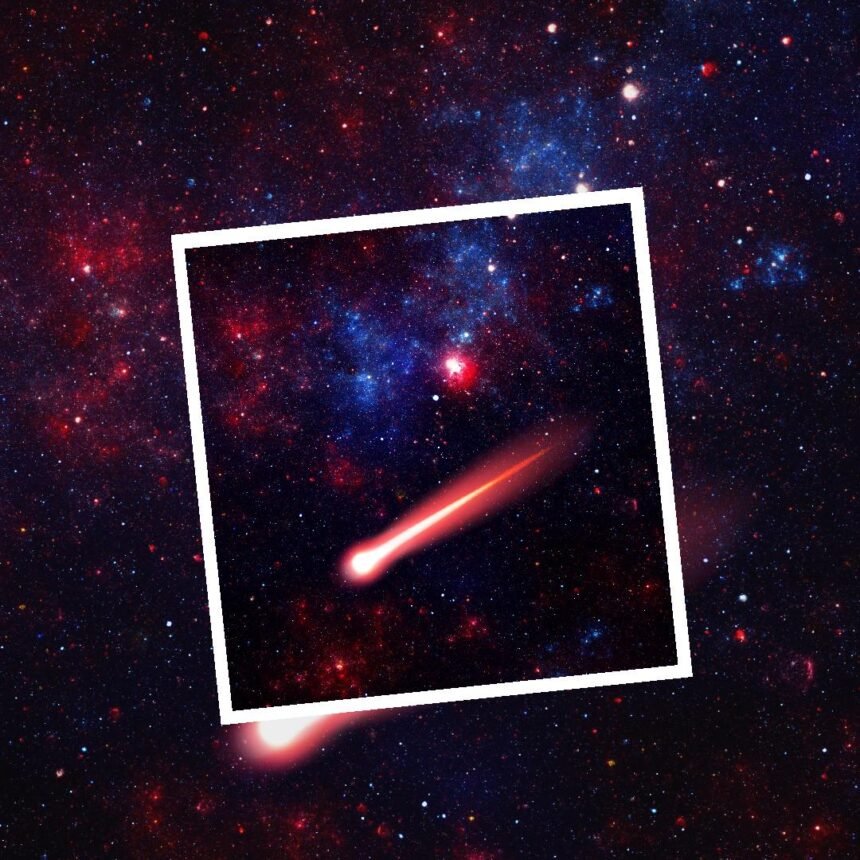Exploring the Cosmos: The Remarkable Journey of the NASA Hubble Telescope
Introduction
The NASA Hubble Space Telescope, which is considered a masterpiece of modern engineering, has played a pivotal role in expanding our comprehension of the universe. Since its launch in 1990, this incredible device has captured awe-inspiring images, made groundbreaking discoveries, and provided invaluable data to the scientific community and space enthusiasts alike. Let us delve into the fascinating journey of the Hubble Telescope and its profound impact on our cosmic knowledge.
Nasa Hubble Space Telescope: Origins and Launch
The Hubble Telescope is a marvel of modern technology that would not exist without the collaboration between NASA and the European Space Agency (ESA). It is named after the legendary astronomer Edwin Hubble, and its primary purpose is to observe the universe beyond the limitations of Earth’s turbulent atmosphere. On April 24, 1990, the Space Shuttle Discovery launched the Hubble into orbit, positioning it at an altitude of approximately 350 miles above our planet. From this vantage point, the telescope has been able to capture breathtaking images of distant galaxies, stars, and nebulas, expanding our understanding of the universe and our place within it.
Unveiling the Universe
The Hubble Telescope was launched with the primary objective of capturing high-resolution images of distant galaxies, nebulae, and other celestial objects. Its exceptional observational capabilities allowed astronomers to witness and analyze events that occurred billions of years ago. The telescope’s most noteworthy images include the Pillars of Creation in the Eagle Nebula, the Whirlpool Galaxy, and the Hubble Deep Field, which captured thousands of galaxies in a patch of seemingly empty sky. These images have contributed significantly to our understanding of the universe and continue to fascinate and inspire people all over the world.
Scientific Discoveries
Cosmic Expansion: The Hubble space telescope has played a significant role in confirming the expansion of the universe, providing strong evidence for the widely accepted Big Bang theory. Through its observations, the telescope has revealed that distant galaxies exhibit a redshift, indicating that the universe is continuously stretching and growing. These findings have greatly advanced our understanding of the universe’s history and its evolution over time.
Dark Energy and Dark Matter: The precise measurements of cosmic microwave background radiation by Hubble have been instrumental in unraveling the mysteries behind dark matter and dark energy. These two entities make up the majority of the universe’s mass-energy content, and Hubble’s observations have shed significant light on their properties and behavior.
Stellar Evolution: The Hubble telescope has played a crucial role in advancing our understanding of stellar evolution. By observing stars at different stages of their lives, it has provided valuable insights into the complex processes that govern their existence. The telescope has captured stunning images of dying stars in their explosive supernova phase, offering a glimpse into the dramatic end of a star’s life. It has also revealed the birthplaces of new stars within nebulae, shedding light on the early stages of star formation. All in all, the Hubble has been instrumental in unraveling the intricacies of the universe and expanding our knowledge of the cosmos.
Exoplanets and Habitable Zones: The Hubble telescope has been instrumental in detecting exoplanets, which are planets that orbit stars outside of our solar system. This discovery has been groundbreaking as it has helped in the identification of potential habitable zones around these exoplanets where liquid water could exist, and therefore, the possibility of extraterrestrial life. The Hubble telescope has given us hope in exploring the vastness of the universe and discovering new possibilities beyond our planet.
Technical Marvels
Precision Optics: The 2.4-meter primary mirror of the Hubble telescope was designed to correct for aberrations caused by Earth’s atmosphere, enabling it to provide unprecedented clarity and precision in its observations. In comparison to ground-based telescopes, which are limited by atmospheric distortion, the Hubble telescope’s exceptional imaging capabilities have allowed for detailed and accurate observations of the universe.
Orbit and Maintenance: The Hubble Space Telescope has been a remarkable tool for astronomers and astrophysicists alike, providing us with breathtaking images and groundbreaking scientific discoveries for over three decades. One of the key factors behind Hubble’s longevity is the regular servicing missions carried out by astronauts. These missions involve a highly skilled team of astronauts traveling to the telescope, performing maintenance work, replacing instruments, repairing components, and upgrading its capabilities. These missions are crucial to keeping the telescope in top working condition, ensuring that it can continue to provide us with invaluable insights into the workings of the universe for years to come. Thanks to the dedication and hard work of the astronauts who service it, the Hubble Space Telescope remains one of the most important scientific instruments ever created.
Also Read: How Are Rainbows Made?
Challenges and Resilience
The Hubble Space Telescope, since its launch, had to overcome numerous setbacks. One of the most significant challenges it faced was a flawed mirror that negatively impacted its scientific capabilities. However, with the help of corrective optics and subsequent servicing missions, the telescope was transformed into a scientific powerhouse. Despite its initial setbacks, Hubble’s resilience and adaptability have inspired astronomers worldwide to continue exploring the depths of the universe. The Hubble Space Telescope remains a testament to human ingenuity and our unwavering desire to discover more about the cosmos.
Legacy and Beyond
As we celebrate over three decades of Hubble’s contributions, we eagerly await its successor—the James Webb Space Telescope (JWST). Scheduled for launch, the JWST will explore even deeper into the cosmos, complementing Hubble’s legacy.
The NASA Hubble Telescope stands as a symbol of human inquisitiveness and scientific advancement. Its remarkable images inspire awe and bring to mind our position in the immense cosmic framework. By peering into space through Hubble’s lens, we move closer to uncovering the most profound mysteries of the universe.



